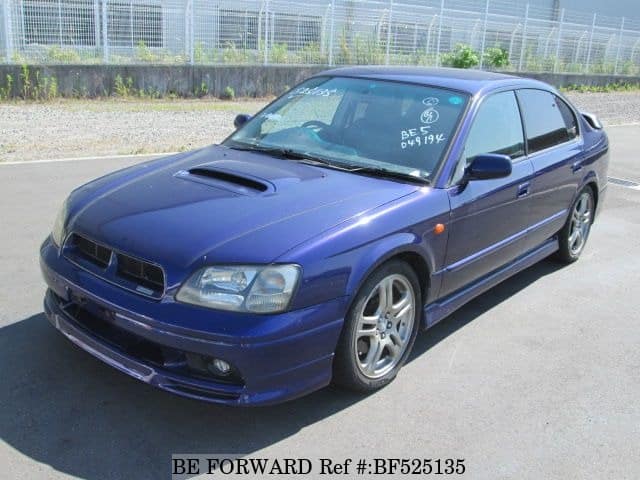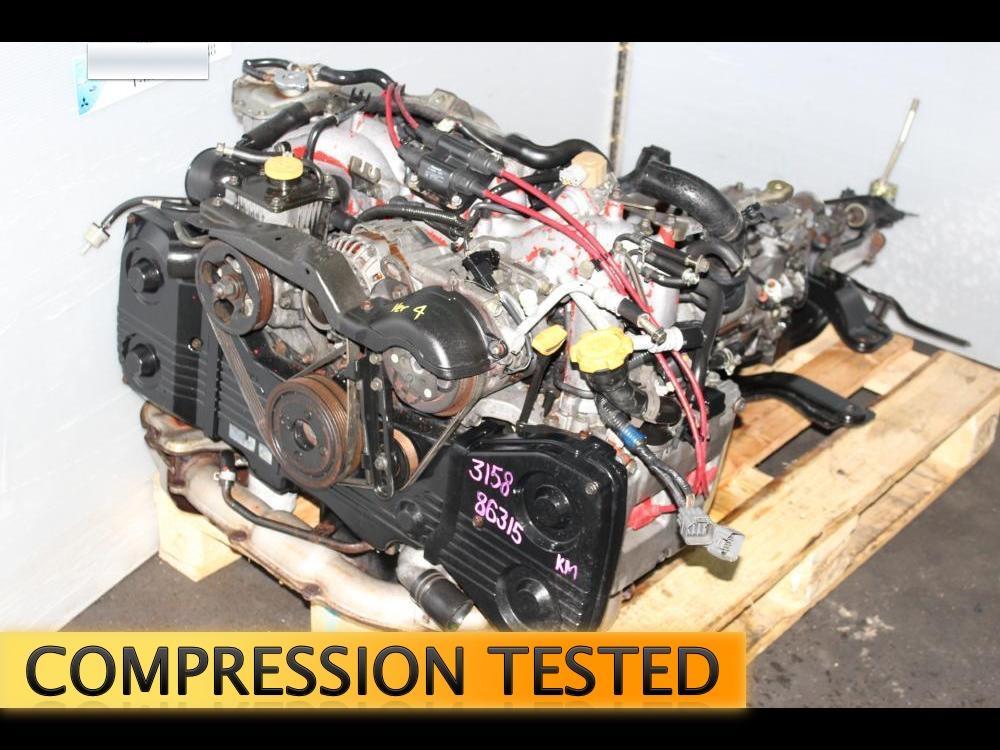
 Variable valve timing and lift - this is a pretty advanced system that can be used to create a wide power band and good drivability. Intake ports - these have a great high-flowing design and resemble the big power capable Evo X 4B11 intake port. Big displacement - One of the main reasons to use an EZ30 over an EJ or FA series engine is the larger displacement, meaning more power and torque can be produced with more ease. The rest of this article is going to focus on the newer EZ30D (AKA EZ30R) as that’s generally the preferred platform for modification, however many points apply to the earlier variation.
Variable valve timing and lift - this is a pretty advanced system that can be used to create a wide power band and good drivability. Intake ports - these have a great high-flowing design and resemble the big power capable Evo X 4B11 intake port. Big displacement - One of the main reasons to use an EZ30 over an EJ or FA series engine is the larger displacement, meaning more power and torque can be produced with more ease. The rest of this article is going to focus on the newer EZ30D (AKA EZ30R) as that’s generally the preferred platform for modification, however many points apply to the earlier variation.  Variable lift and variable timing intake camshaft (ALVS and AVCS) much like Honda’s iVtec system. Drive-by wire electronic throttle body 76mm OD. Single exhaust-port cylinder head design. Cast aluminium intake manifold with variable-length design. EZ30D model code as designated by Subaru. 4-valve, quad camshaft aluminium cylinder heads. Let’s look at some aspects and differences between the variations: All EZ30 engines This engine has been dubbed the EZ30’R’ by enthusiasts, however, Subaru’s official engine code was still EZ30D, as with the first generation. For the first time, the Subaru Legacy could be optioned with a 6-speed manual transmission, which allows the performance of the flat-6 motor to shine. Again, this engine was available in the Subaru Legacy and Outback as well as early variations of the all-new Tribeca. In 2003 Subaru released a new EZ30D, a completely revised package that was turned up a notch in terms of performance and efficiency. This was a fine engine for daily motoring, however with average performance and only available with a 4-speed automatic, it was far from exciting. The early EZ30D began production in 1999 and was found in the Subaru Legacy (Subaru Liberty in Australia) and Subaru Outback. Let’s start with a little history lesson. This article aims to explain the good, the bad and the ugly about these under-rated Subaru motors, as well as giving you all the information you need to know about extracting more power from one. We’re mostly interested in the more advanced, second generation of this engine produced after 2003, however, will touch on the original variant. Of course, we’re talking about 3-litre 6-cylinder Subaru engine manufactured between 19. It goes by many names, most commonly the Subaru H6, EZ30, EZ30D or EZ30R. We'll take a look at how to increase the power, turbo, supercharge and strengthen them for big power.Įverything you need to know about the EZ30D and EZ30R This article aims to explain the good, the bad and the ugly about the Subaru H6, EZ30, EZ30D or EZ30R.
Variable lift and variable timing intake camshaft (ALVS and AVCS) much like Honda’s iVtec system. Drive-by wire electronic throttle body 76mm OD. Single exhaust-port cylinder head design. Cast aluminium intake manifold with variable-length design. EZ30D model code as designated by Subaru. 4-valve, quad camshaft aluminium cylinder heads. Let’s look at some aspects and differences between the variations: All EZ30 engines This engine has been dubbed the EZ30’R’ by enthusiasts, however, Subaru’s official engine code was still EZ30D, as with the first generation. For the first time, the Subaru Legacy could be optioned with a 6-speed manual transmission, which allows the performance of the flat-6 motor to shine. Again, this engine was available in the Subaru Legacy and Outback as well as early variations of the all-new Tribeca. In 2003 Subaru released a new EZ30D, a completely revised package that was turned up a notch in terms of performance and efficiency. This was a fine engine for daily motoring, however with average performance and only available with a 4-speed automatic, it was far from exciting. The early EZ30D began production in 1999 and was found in the Subaru Legacy (Subaru Liberty in Australia) and Subaru Outback. Let’s start with a little history lesson. This article aims to explain the good, the bad and the ugly about these under-rated Subaru motors, as well as giving you all the information you need to know about extracting more power from one. We’re mostly interested in the more advanced, second generation of this engine produced after 2003, however, will touch on the original variant. Of course, we’re talking about 3-litre 6-cylinder Subaru engine manufactured between 19. It goes by many names, most commonly the Subaru H6, EZ30, EZ30D or EZ30R. We'll take a look at how to increase the power, turbo, supercharge and strengthen them for big power.Įverything you need to know about the EZ30D and EZ30R This article aims to explain the good, the bad and the ugly about the Subaru H6, EZ30, EZ30D or EZ30R. 
Author: Julius Bloem Date Posted:26 November 2019Įverything you need to know about the 3L Subaru H6 engines










